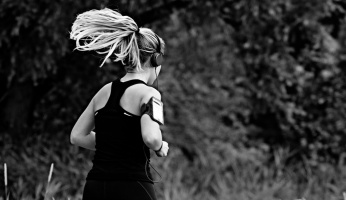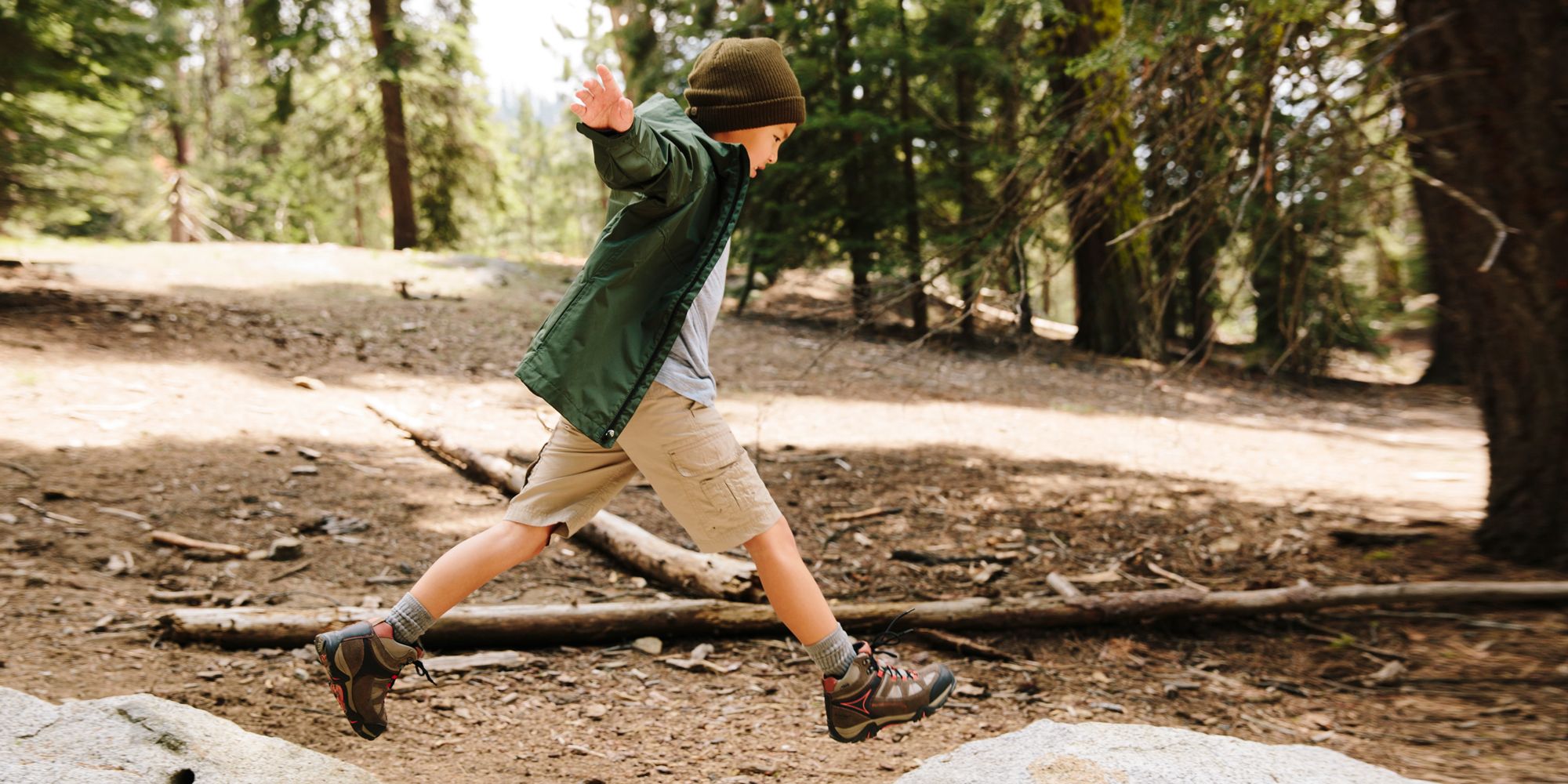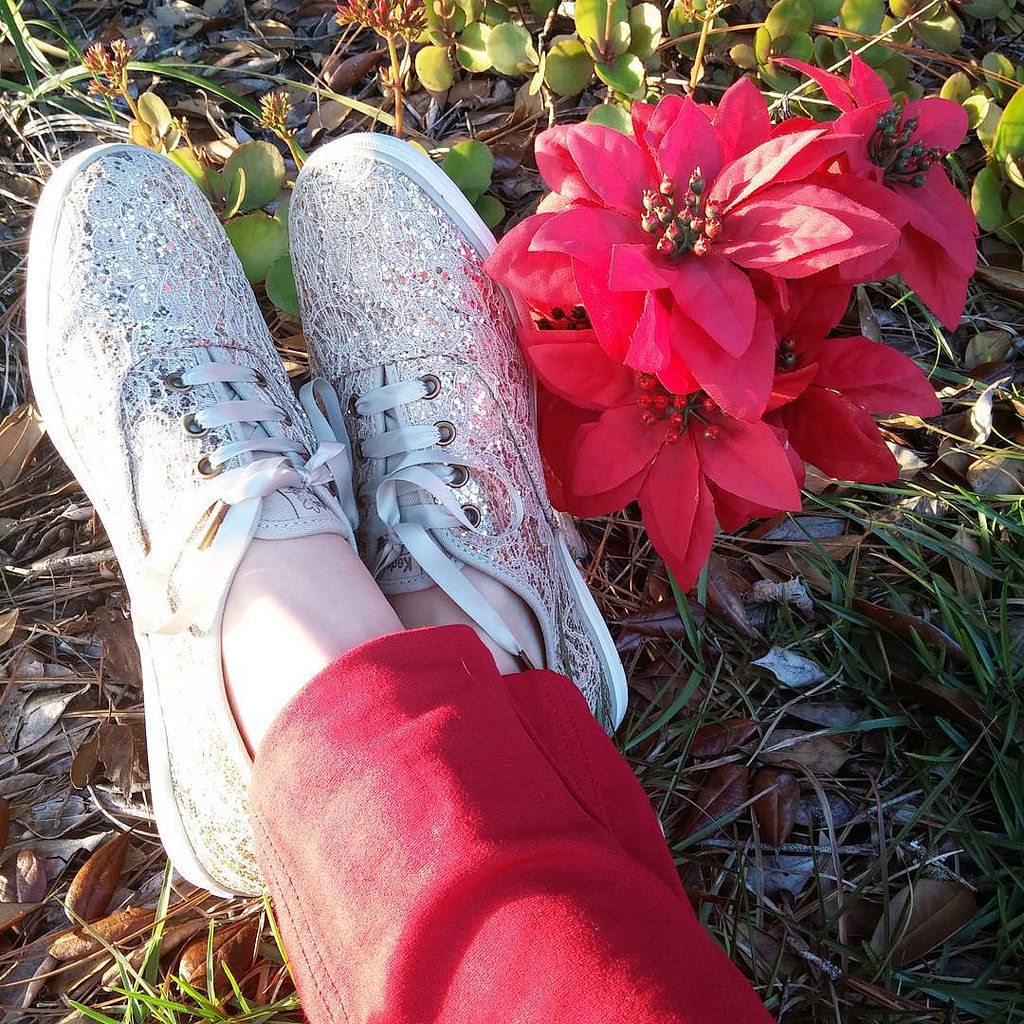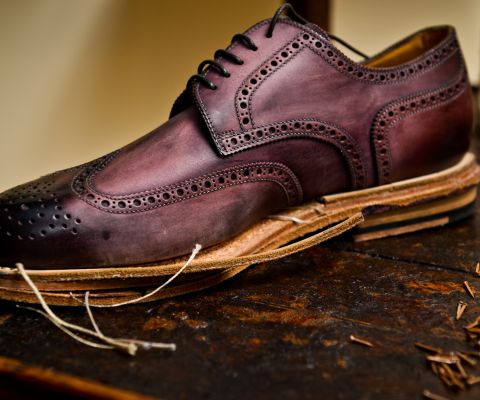Understanding Running Strides

You may have heard people at your local group run talking about running strides or getting some stride-outs in. If you are new to running, you might find yourself wondering what those are and how they help you as a runner.
What Are Strides?
Also known as stride-outs or accelerations, they really are easy to add to your workout regiment. All you need to do is start out jogging and work your way up to close to your max speed. Once you have hit your top speed, you slow down and stop.
Believe it or not, one stride should take you less than a minute. In fact, it might be closer to half that time!
When Should I Do Strides?
When you decided you want to add stride running to your workout regiment, it really is pretty simple. However, there are some important things to know. First, never run strides when your body is cold. You should do strides after an easy run.
It is also appropriate to do running strides before a race. If you are using strides to get your leg turnover ready for a goal race, you still need to be sure you are ready for them. You want to properly warm up your body before you do strides. This means going on a warm-up run. Then you should do some dynamic movement stretches. Finally, you are ready to do some strides.
Strides will help get your muscles firing and ready to race!
How To Add Running Strides To My Workout
You may be surprised at how sore your body can actually get from doing strides. This is because it is engaging your body in quick movements. When just adding them in, start out with just 4 strides. This will help you get used to the movement.
After a few times of doing them, you can try 6-8 strides. Just know that with these, less is more. You do not have to work your way up to a dozen or so. When doing strides, focus on doing the half dozen or so that you plan to do using good form and reaching top speed.
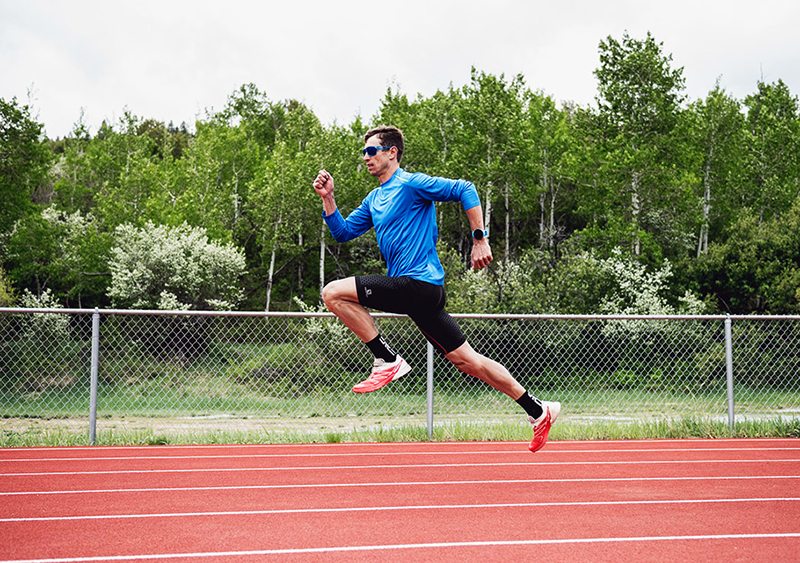
Between stride intervals, you should rest anywhere from 60 to 90 seconds. Although you may be tempted to jump right into the next stride, do not rush it. There is no reason to be in such a hurry.
Remember that when doing running strides, you want to move fast and with good form. If you are doing strides on the track, you can plan to run about 100 meters. That seems to be a good measuring point for people.
Where To Do Them?
You can actually do your strides anywhere you want to. If you typically run on the road, you can do them on a flat, straight piece of road. Some people like to do their strides on the grass and find a nice open area for this activity. For athletes who race on a track, that is a great place to do strides.
If you race wearing shoes other than your trainers, you will want to do some strides wearing the racing shoes. This is true of track spikes, cross country spikes, or racing flats. Whatever you race in, get used to that fast leg turnover wearing the right shoes and running on the correct surface.
In other words, if you are preparing for a cross country race, you will want to do strides in your cross country spikes. If your upcoming event is a mile run on a soft surface track, break out your track spikes! What about if you are running a trail race? Yup. You guessed it. Do some speed bursts on a trail.
It is important to replicate your racing surface for your stride running.
Barefoot Striding
As I researched stride running, something kept coming up over and over: barefoot stride running. Since barefoot running is something people need to ease themselves into, many runners start out with very short distances.
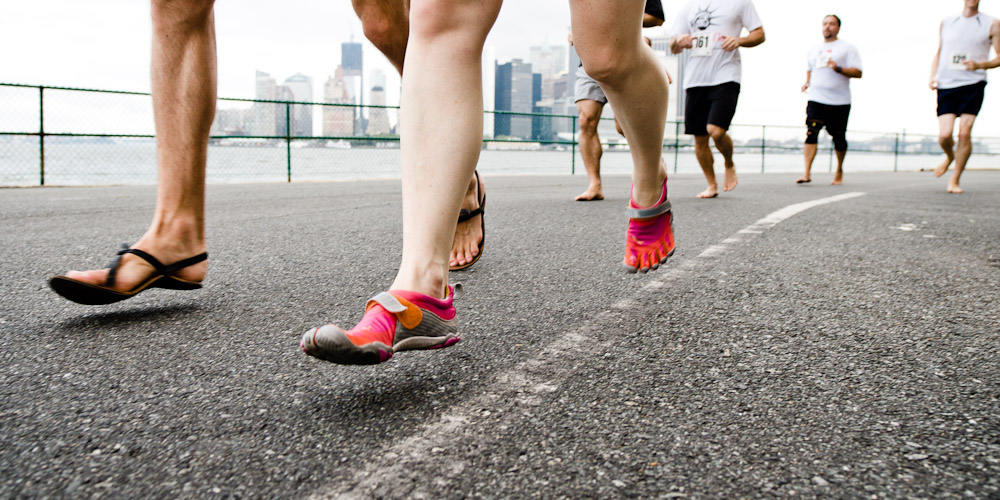
If you are looking to transition into minimalist shoes and/or barefoot running, you may wish to do your strides barefoot on grass or sand. Just be certain that you are careful to check over the section and area where you plan to do barefoot strides. You never know what your feet might find on the ground.
While some surprises are super fun, others are simply not!
Why Run Strides?
Strides help you to increase leg turnover. What is turnover? It is how fast your legs move into the next step. Also known as stride frequency, stride rate or cadence, it is important to have fast legs! One of the best ways to work on your turnover is simply to run fast. Of course, you don’t build this overnight. This is why the strides, a quick movement over a short distance and time duration, are so popular!
Also excellent for helping you work on form, you should always be focusing on your mechanics when doing them. Since they are such a short effort, it is easier to think about form and mechanics the entire time.
They are also an excellent way to introduce speed work into your workouts, if you have not regularly been doing any. If you have been doing speed work, strides are still an excellent addition. It is good to get some fast movement in with the other efforts!
Strides are also a great dynamic movement, especially relevant if you are about to race. As stated before, you need to be properly warmed up before doing strides. Adding them to your pre-race ritual will not only help your turnover, but it will also likely boost your confidence! Strides leave you feeling fast!
Doing strides right before a race will likely win you badass points with the other runners. Nothing makes you look quite as serious and put together as taking off fast a few times right before a run!
Are Pick-Ups Similar?
One tool from my coaching toolbox is the pick-up, which is similar to a stride. The major difference is a pick-up is embedded into a run. Another pre-race technique, we typically hold a pick-up a little longer than a stride.
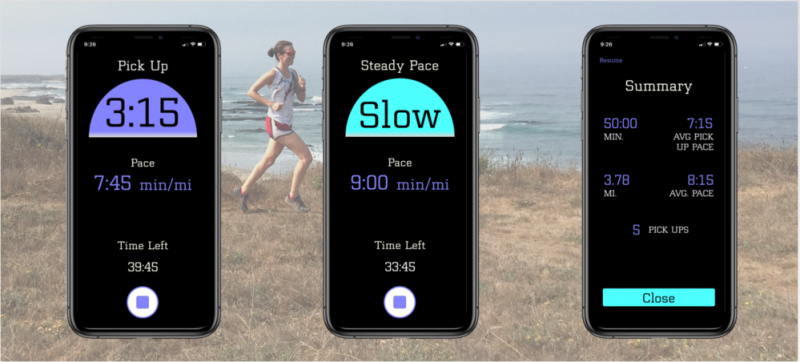
If you are running 3 miles, you might do 4-5 pick-ups during the run (after having warmed up properly). In a pick-up, you accelerate until you are at 90% or so of race pace, then slow down. The entire pick-up from the beginning of acceleration to deceleration should take roughly one minute.
Don’t Wait! Try Some!
If you have not yet tried strides, you really should. There is something invigorating about getting yourself up to close to your maximum speed.
Honestly, there is not much more fun in running than short, fast movement. Go ahead. Lace-up your shoes, go for an easy run, then try to Zoom through some strides. You won’t regret it.






